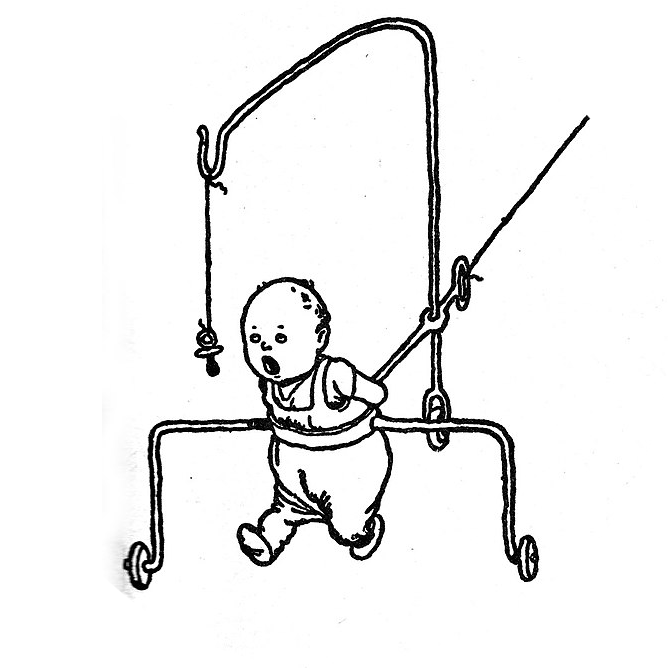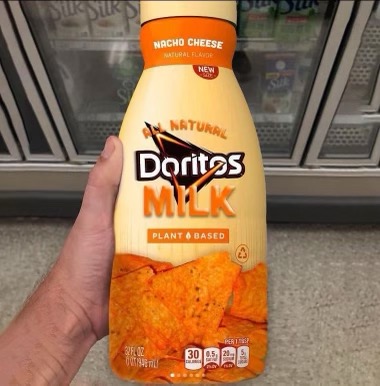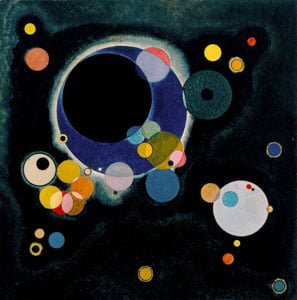

Chocolate fudge pudding pie… that’s a dessert that just keeps on giving, I’d be so over that


Chocolate fudge pudding pie… that’s a dessert that just keeps on giving, I’d be so over that
Depends on time and location? I think I saw an actual lemon, not a picture or flavour, in my teens? Whereas a variety of homemade pickles were just there
I think that’s Gosha. There’s a Russian bloke on Instagram who posts clips with his pet raven. Smart little bugger, that Gosha


Is that pit lined with mattresses so that those peeps will just isolate themselves for a day? I read the first sentence and nodded in approval: let the natural selection take the wheel but the second sentence made it much more humane.


Sorry but… videoS? Plural? I would have thought one is enough
Why limit yourself to only tacos? Spoon a dollop of sour cream on your chilli or any hearty soup or stew, Mix it into gratin or mac’n’cheese before baking, make a salad with fresh cucumber and tomatoes, dill and/or spring onions… The world is your pot of sour cream
First off, sorry I confused you even more because I used a wrong word in one sentence, edited it now.
Two distinct styles are continental knitting (yarn coming from the left) and English knitting (yarn coming from the right). Both have slight variations with their own names but it kinda makes sense. The schematics you provided don’t demonstrate how the yarn is held or hooked behind the needle so it’s not specifically continental. However, the way the needle is inserted to the stitch and the direction the yarn is wrapped, that’s western mount. Good thing is, most infomaterials in English are based on western mount so the long descriptions of complicated stitches and decreases and all are based on it regardless of your continental vs English style so all that makes sense.
If you want some good visual for continental knitting, check out Nimble Needles or Roxanne Richardson in YouTube, both very proficient teachers. For Norwegian knitting check out Arne and Carlos, that’s a subgroup of continental.
If you want me to ramble about mounts or find good visuals, lmk, otherwise I feel like I’m dumping too much stuff on people who haven’t asked for any of it.


14 years ago when I was still relatively young and liked clubbing, a song popped up and swept all the playlists in my country. Clubs, radio stations, you name it. Catchy French song. It came and went so fast that I didn’t manage to memorise it. That was long before I even dreamed of having a smartphone. When I moved to UK a year later, nobody had any idea what song I’m trying to describe, like they never heard it.
Probably around 8 years ago I was roaming the streets of Porto with my ex, and a shop we passed had the song blasting from the speakers. Praise the smartphones, I used ‘what’s the song’ app and et voila: Stromae - alors on danse
It’s a very good visual how the stitches are formed. The e-book you linked goes even deeper, showing all kinds of useful basic stitches and providing a few easy to follow patterns.
But I would argue those stitches in OP are not continental per se. Continental knitting refers to holding the yarn in left hand, opposed to English knitting where the yarn is held in right hand. The imagery is for knit stitches, western mount, meaning that the leading leg of the stitch is on the right. In western style the same, leading leg on the right, would apply to purl stitches as well, as seen in the book.
Edit: changed a wrong term. Somehow the thought was running too fast and the eye didn’t pick it up
Those cats on the street are not meowing, they are yowling. That’s a holler to intimidate or to fight, over a territory or hot ladies. That’s not a meow for a human to fill the food bowl or give scritches or something else tame and domestic.


In 2006 somebody planted a dildo in her hand
Nacho awakens cute aggression in me. I want to smoosh those cheeks with my thumbs while babbling nonsense like: who’s the pretty boy, cutie pie, mwah-mwah-mwah!
For Shia Muslims lobster and other shellfish is strictly haram. Some other groups consider seafood halal.
I for one am very happy to have a daily Kitty in my feed. Please don’t stop
The red stripes and that hat are characteristic to Wally/Waldo, name depending on the continent.
I googled Yanni and that’s what I got


I kept going back in confusion. There’s the microwave and sink - no stove or flat-top or anything. There’s the shower. What’s behind the door nº 2? The depth of that space is maybe 70 cm, the standard depth of the kitchen furniture is 60 cm and the shower is a bit deeper, it seems. The width seems about the same. If that’s a toilet, you wouldn’t be able to close the door after yourself. There’s no wardrobe in that room, only that small dresser. If there’s a cupboard, what’s the pooping situation? Waffle stomp day and night? Is that a toilet with a rod for coat hangers above?
Washing machine available? What does that mean? The choice between mini fridge or washing machine? Preserve food or wear clean clothes, make your choice!
All over it, non native English speaker who loves chocolate